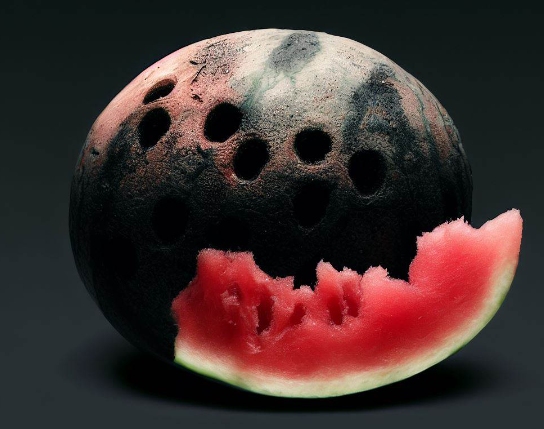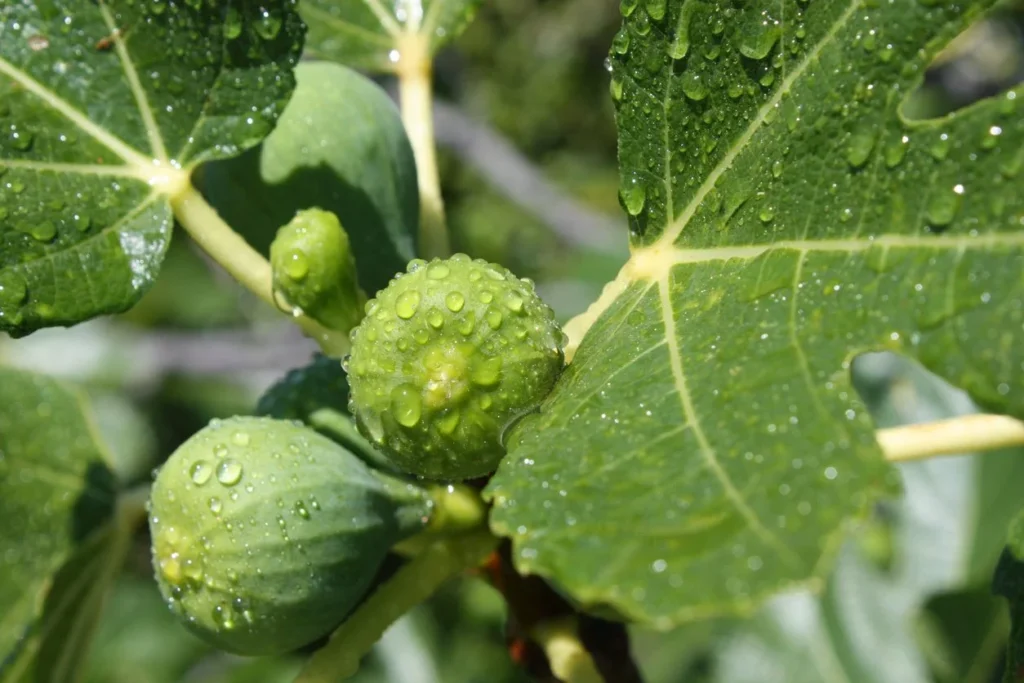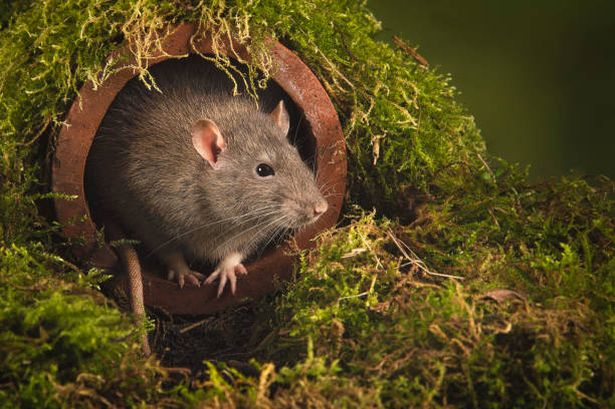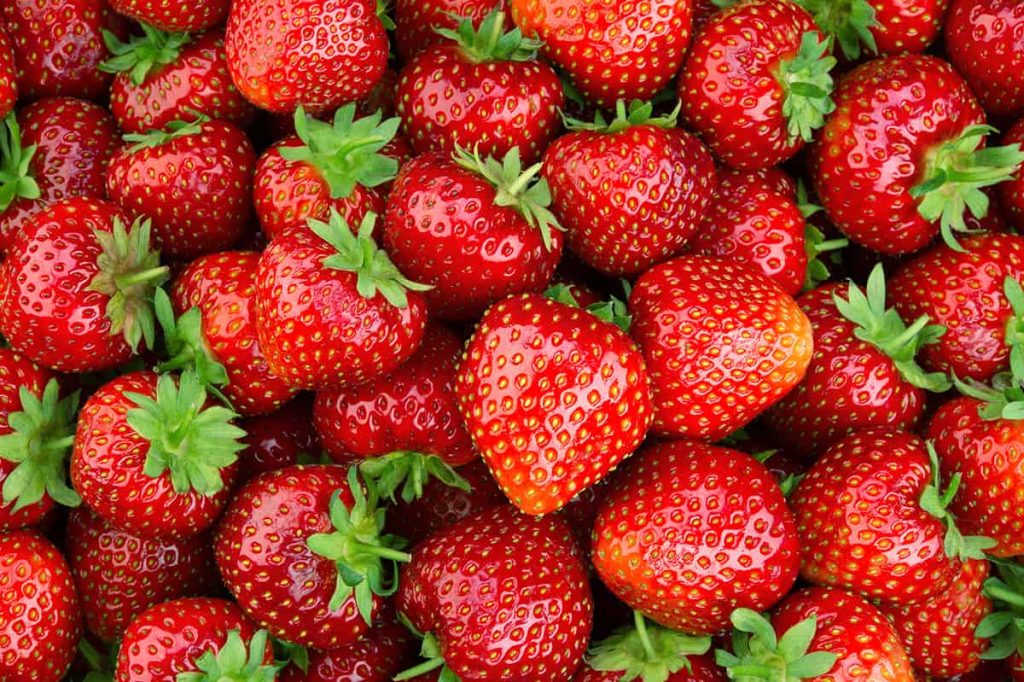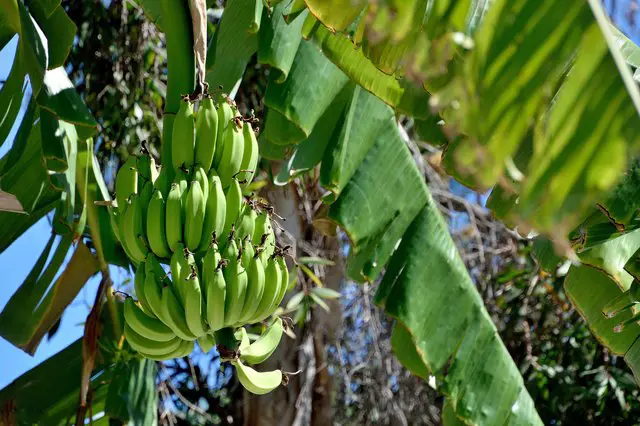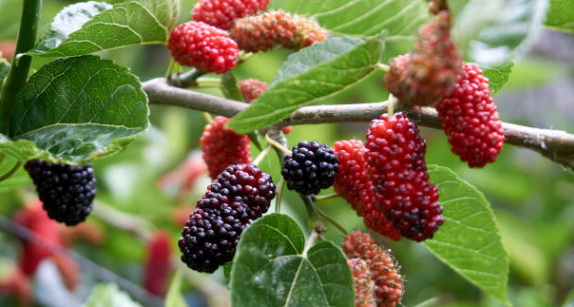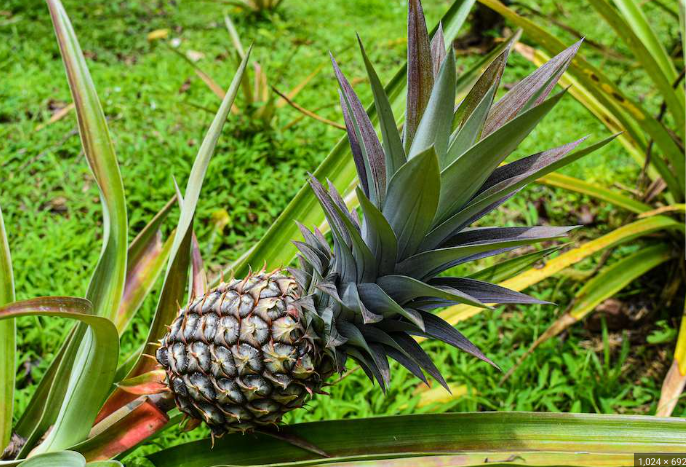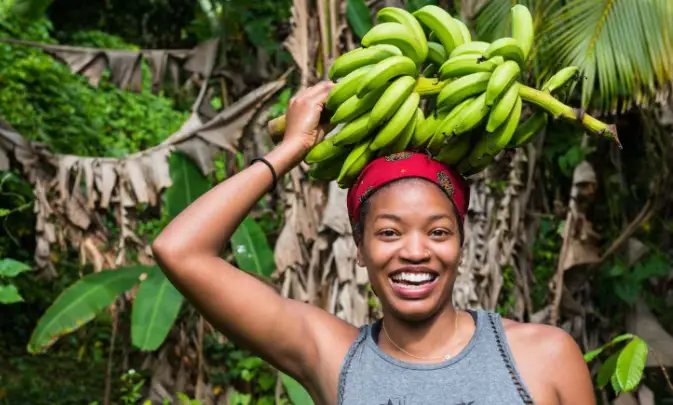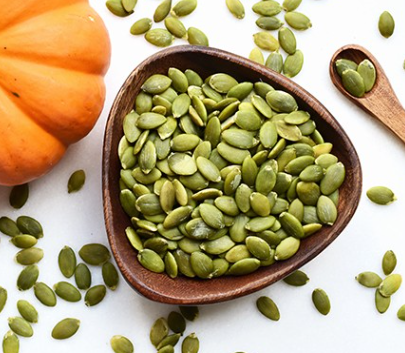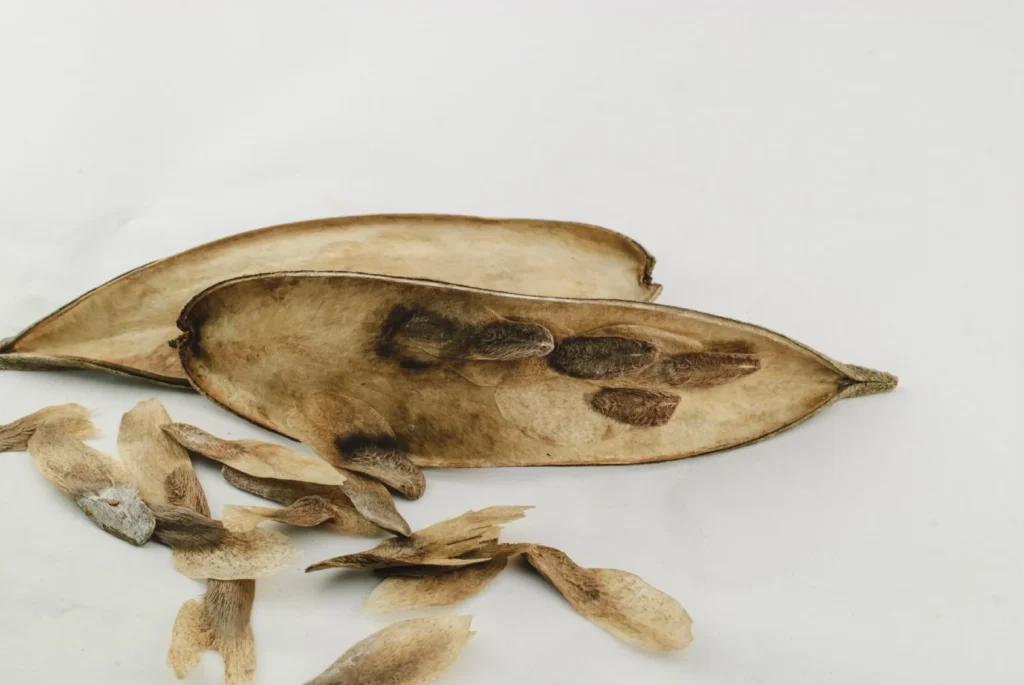Growing fruit trees can make your yard look amazing and give you tasty fruits to eat. But taking care of them isn’t always easy. A really good way to help your trees grow well is to put mulch around them.
Putting mulch means spreading things like leaves, straw, or wood chips on the ground around the tree. It can be good or bad for your trees. We’re going to talk about the good and bad things about mulching fruit trees so you can decide if it’s something you should do.
Table of Contents
What’s the Big Deal About Mulching Fruit Trees?
Mulching means covering the ground by your fruit tree with stuff like dead leaves, cut grass, straw, wood pieces, plastic, or even rocks. This can help the ground stay wet, stop weeds from growing, make the ground temperature stable, and give the ground more nutrients.
For fruit trees, mulch is really important. It helps the ground around the trees stay damp and full of food for the trees. This is perfect for the trees to grow strong and make lots of fruit.
Mulch also stops weeds from growing, which can take water and food away from the trees. It also keeps the ground from washing away when it rains. Putting mulch around fruit trees is a smart move for anyone who wants their trees to be healthy and make a bunch of fruit.
Different Things You Can Use as Mulch for Fruit Trees
You have many choices for what to use as mulch for your trees. Some are natural, and others are not.
Here are some popular mulch types for fruit trees:
- Compost: Full of good stuff for the ground and keeps it moist. It also makes the ground better for growing things.
- Bark Chips: They keep the ground moist, block weeds, and give back nutrients to the ground when they break down.
- Straw: A light mulch that keeps the ground moist and stops weeds. It also feeds the ground as it falls apart.
- Wood Chips: Pieces of wood that help keep the ground moist and control weeds. Just don’t use fresh wood chips because they can take nitrogen away from the soil.
- Plastic Mulch: Plastic sheets that keep water in the ground, stop weeds, and warm the ground in cold places for the trees.
- Rubber Mulch: This is made from old tires and lasts a long time. It keeps the ground moist and keeps weeds away without needing to be changed often, like natural mulches.
Choose the best mulch based on what your trees need, what kind of ground you have, and the weather where you live. By picking the right kind, your fruit trees will grow better and give you lots of fruit to enjoy each year.
The Good and Bad of Using Mulch on Fruit Trees
Let’s look at the good and bad points of using mulch on your fruit trees.
The Good Points:
Here are five great things mulch can do for your fruit trees:
- Keeps the Soil Wet: Mulch stops water from evaporating too fast, so the soil stays wet. This is great for the tree’s roots and helps it grow well.
- Fights Weeds: When you put mulch down, it stops sunlight from getting to the ground, which means weeds can’t grow too much. This way, your fruit tree doesn’t have to share its food and water with weeds.
- Balances Soil Temperature: Mulch makes the ground temperature not change too much. It keeps the ground cool when it’s hot and warm when it’s cold, which is good for the roots of your fruit trees.
- Makes Soil Rich in Nutrients: Organic mulches break down over time and feed the ground, which helps the trees grow strong and healthy.
- Stops Soil from Washing Away: Mulch covers the ground and helps to stop the rain from washing away the important stuff in the soil that your fruit trees need to stay healthy.
The Bad Points:
Here are five reasons why mulching might not be so good for your fruit trees:
- Too Much Mulch Is Bad: If you put on too much mulch, it can stop air and water from getting to the tree’s roots, which can make them rot or become too wet.
- Can Make the Ground Too Wet: If there’s too much moisture in the soil, it can harm the roots and make them get diseases or rot.
- Can Bring In Pests: Mulch might attract bugs, slugs, snails, rodents, and other creatures that can damage the tree or its fruits.
- Could Use Up Nutrients: As the mulch breaks down, it might use up some of the nutrients that the tree needs, so there might not be enough left for the tree.
- Cost and Upkeep: Some kinds of mulch need to be replaced a lot, which can cost more money. Also, if the mulch brings bugs, you might have to pay for ways to get rid of them.
When you’re thinking about putting mulch around your fruit trees, remember that there are both good and bad points. You should think about what’s best for your tree before you decide.
What to Think About Before Mulching Your Trees
If you plan to put mulch around your fruit trees, don’t just jump in. Here are some important things to think about so you can make the best choice for your trees:
- Tree Age:
- Small fruit trees with young roots need extra attention when you add mulch. It’s important to not put mulch too close to the tree’s trunk to avoid hurting the bark. Also, don’t pile on too much mulch.
- Soil Type: If your soil is heavy with clay, be careful not to add too much mulch, as it can make the soil too wet. On the other hand, if the soil is sandy, you might need to mulch more often to help keep in the moisture.
- Type of Mulch: Using natural mulches like leaves, grass clippings, and wood chips can give nutrients to the soil and make the soil better. Mulches that aren’t natural, like plastic or stones, can last a long time and keep weeds away.
- Climate: In places that are hot and dry, mulch can help the soil stay moist. But in wet areas, too much mulch might hold too much water and cause problems.
- Tree Health: If a fruit tree is already sick or has bug problems, mulching might not help and could even make things worse. Sometimes, mulch can create a space for bad bacteria or fungi to grow.
Think about these things before you decide if and how to use mulch around your fruit trees to help them grow strong and healthy.
How to Mulch Fruit Trees
Putting mulch around fruit trees is an easy job. Here’s a simple guide on how to do it:
- Choose the Right Mulch: Pick a natural mulch like compost, wood chips, or straw when you can. For some situations, you might use mulches that aren’t natural, like plastic or rubber.
- Clear the Area: Take away any trash and weeds from around the tree so that the mulch touches the soil directly.
- Apply the Mulch: Put a layer of mulch around the tree that’s about 2 to 4 inches thick. Make sure not to stack the mulch against the tree’s trunk.
- Water the Mulch: After you put the mulch down, water it well so it settles and starts to break down. This also helps keep it from being blown away by the wind.
- Maintain the Mulch: Check the mulch now and then and add more if it gets thin to keep it 2 to 4 inches thick. Change it when it has broken down a lot.
Following these steps can give your fruit trees many good things like better soil, keeping in moisture, and less weeds. Remember, mulching isn’t just one time; you need to keep it up so your fruit trees stay healthy and make fruit for many years.
Wrapping Up
Adding mulch to your fruit trees can keep them in good shape and help them make lots of fruit. The right mulch can fight diseases, keep moisture, make the soil better, and stop weeds from growing.
But it’s very important to think about how old your tree is, what kind of soil you have, what the weather is like, and how the tree’s health is before you choose the best mulch. With some planning, you can put mulch around your trees the right way and see great results.
